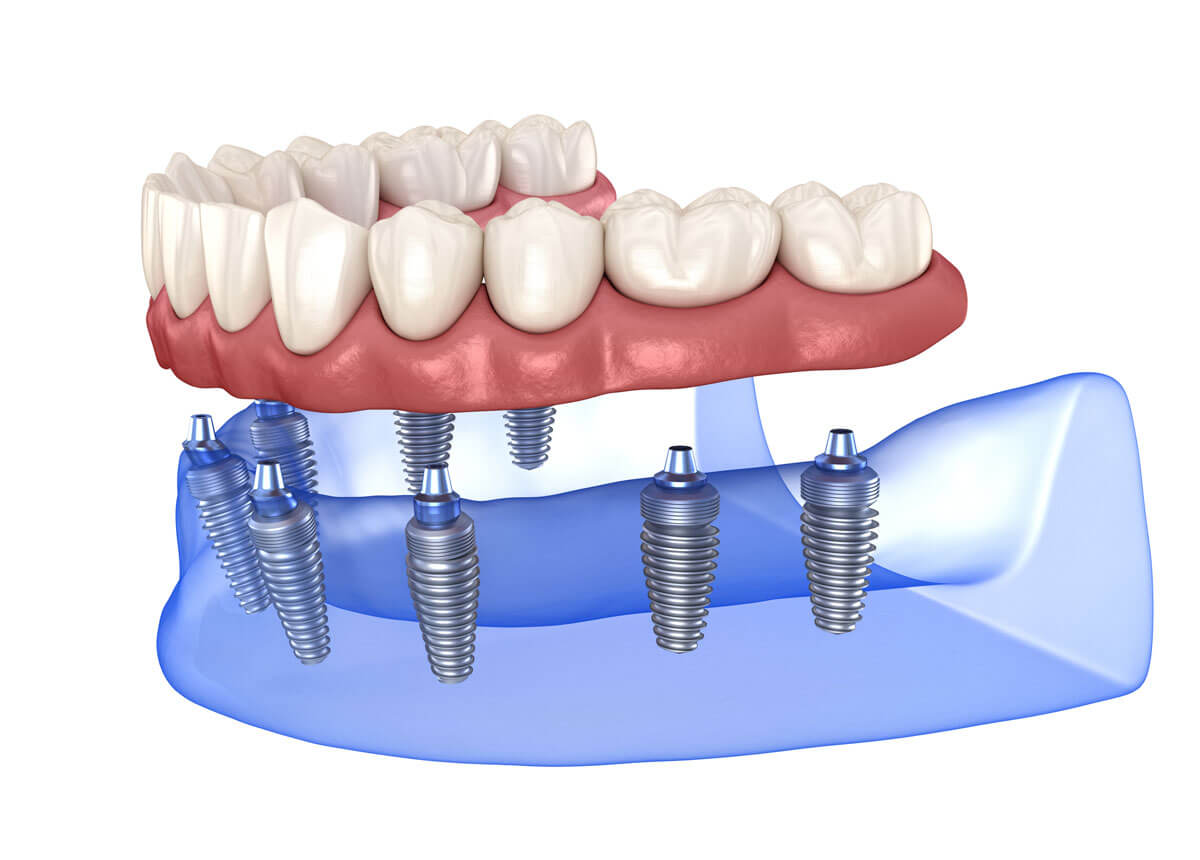Things about Dental Sense
Table of Contents5 Easy Facts About Dental Sense DescribedThe 45-Second Trick For Dental SenseAll About Dental Sense3 Simple Techniques For Dental Sense
are clinical gadgets surgically dental implanted right into the jaw to bring back a person's capacity to chew or their appearance. They supply support for synthetic (phony) teeth, such as crowns, bridges, or dentures. When a tooth is lost because of injury or illness, a person can experience complications such as quick bone loss, faulty speech, or changes to eating patterns that lead to discomfort.Oral implant systems include an oral implant body and dental implant joint and may additionally include an abutment fixation screw. Wisdom tooth cavity. The oral implant body is operatively inserted in the jawbone in place of the tooth's root. The dental implant joint is generally affixed to the dental implant body by the abutment fixation screw and expands through gums right into the mouth to sustain the affixed man-made teeth
(https://dental-sense.jimdosite.com/)Structure of The Dental Implant System choosing dental implants, talk with your oral service provider regarding the prospective advantages and threats, and whether you are a prospect for the treatment. Points to take into consideration: Your total wellness is an important element in figuring out whether you are an excellent candidate for dental implants, just how long it will certainly take to recover, and the length of time the dental implant might remain in place.
Cigarette smoking might affect the healing process and lower the lasting success of the implant. The healing procedure for the implant body may take a number of months or longer, throughout which time you normally have a short-lived abutment instead of the tooth. the oral implant treatment: Very carefully adhere to the dental hygiene guidelines offered to you by your dental supplier.
Some Known Factual Statements About Dental Sense
Implant failure can result in the requirement for an additional surgery to fix or change the dental implant system. Recovers the capacity to chew Brings back cosmetic appearance Assists maintain the jawbone from reducing as a result of bone loss Preserves the health and wellness of the surrounding bone and periodontals Aids maintain surrounding (nearby) teeth stable Enhances lifestyle Damages to surrounding natural teeth during implant placement Injury to the surrounding tissues throughout surgery, such as sinus opening Injury during surgical procedure (as an example, crack of bordering jawbone) Inadequate function, such as seeming like the teeth do not bite together typically A feeling that the tooth hangs or twisting in position resulting from an abutment screw loosening Implant body failing (looseness of the dental implant body) as a result of systemic infection, which may be much more likely in clients with unchecked diabetics issues because of regional infection in bone and periodontals sustaining the dental implant body because of delayed healing, which might be extra most likely in people that smoke Problem cleaning the gums around the dental implant, leading to poor oral health Unattended gum illness Post-surgical pins and needles because of nerve impingement or damages Constantly inform health and why not find out more wellness care suppliers and imaging professionals that you have dental implants prior to any type of magnetic resonance imaging (MRI) or x-ray treatments.
FDA is not familiar with any unfavorable occasions reported for MRI or x-ray procedures with oral implants. Oral implants systems are commonly made from materials that adhere to worldwide consensus criteria of the International Organization for Standardization (ISO) or ASTM International. These criteria have information of what makes a safe product.

An oral implant is a structure that replaces a missing tooth. With screw-like tools, the surgeon inserts an implant right into the jawbone, and it works as a support for a synthetic tooth, called a crown. A gadget called a joint attaches the artificial tooth to the dental implant. The crown is customized to fit the individual's mouth and match the shade of their teeth.
The Basic Principles Of Dental Sense
Some people are not qualified for oral implant surgical procedure. It is for dental specialists to operate on individuals with: intense illnessuncontrollable metabolic diseasebone or soft tissue disease or infectionIf these concerns are settled, an individual can have the surgery. In, oral doctors avoid operating on individuals with: If individuals with any of the above undertake oral implant surgery, there is a higher risk of the dental implant stopping working.

Oral dental implant surgical treatment is an individualized process. Provide you time to heal. Attach the post and last crown, bridge or denture.
Next off, your specialist will meticulously position the dental implant into your jaw. Your cosmetic surgeon will certainly rearrange your gum tissues and shut the cut with stitches. If your implant is near the front of your mouth, your dental expert will make a short-term tooth for you to wear until you recover. That means, you won't have a gap in your smile while you recover.
The 9-Second Trick For Dental Sense
Your provider can inform you what to anticipate in your scenario. During the healing stage, your jawbone should fuse to the oral implant. This procedure, called osseointegration, is vital for security and long-lasting success. This procedure can take anywhere from 3 to nine months. In many cases, it might take longer.
Once your implant heals, your dental expert can affix the abutment (small port article) and your final reconstruction (crown, bridge or denture). This usually takes about one hour to finish and might require a second minor surgical treatment. You should not really feel any kind of pain during your dental implant treatment due to the fact that your provider will make use of medicine to numb your periodontals.